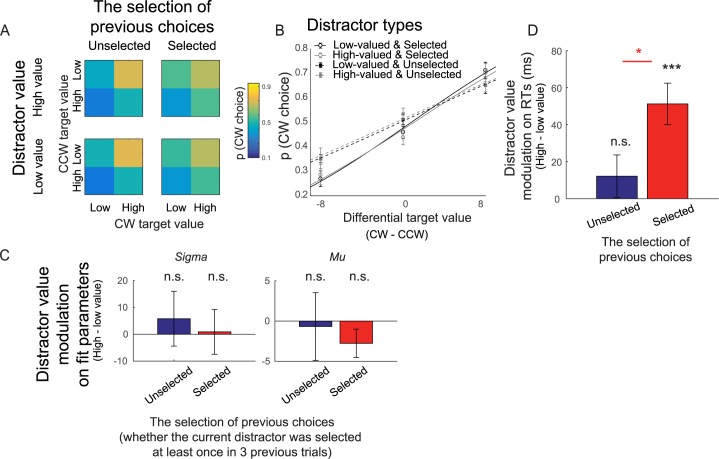Fig 2. High-valued distractors increased RTs.
(A) Choice preference for high-valued targets for different distractor types. CW and CCW targets are targets located clockwise and counterclockwise to the distractor location, respectively. (B) The same choice preference data, overlaid with the best-fit cumulative Gaussian function (see Table 1). (C) Distractor-value modulation (high − low distractor value) of the standard deviation (or sigma) and the mean (or mu) of the cumulative Gaussian function that explains choice preference in (B) (also see Table 1). Overall, we observed no distractor-value modulation on choice preference functions: sigma and mu did not change with distractor value in trials in which the current distractor was previously selected or unselected. (D) Unlike choice preference data, we observed a robust distractor-value modulation on RTs. The RT effect was significant only for trials in which the distractor was previously selected. Black *** shows a significant distractor-value modulation compared to 0 with p < 0.001 (2-tailed; resampling test). Red * shows a significant difference between trials in which the current distractors were previously selected and unselected with p < 0.05 (1-tailed). All error bars show ±1 SEM. CW, clockwise; CCW, counterclockwise; n.s., no significant difference; RT, response time.

